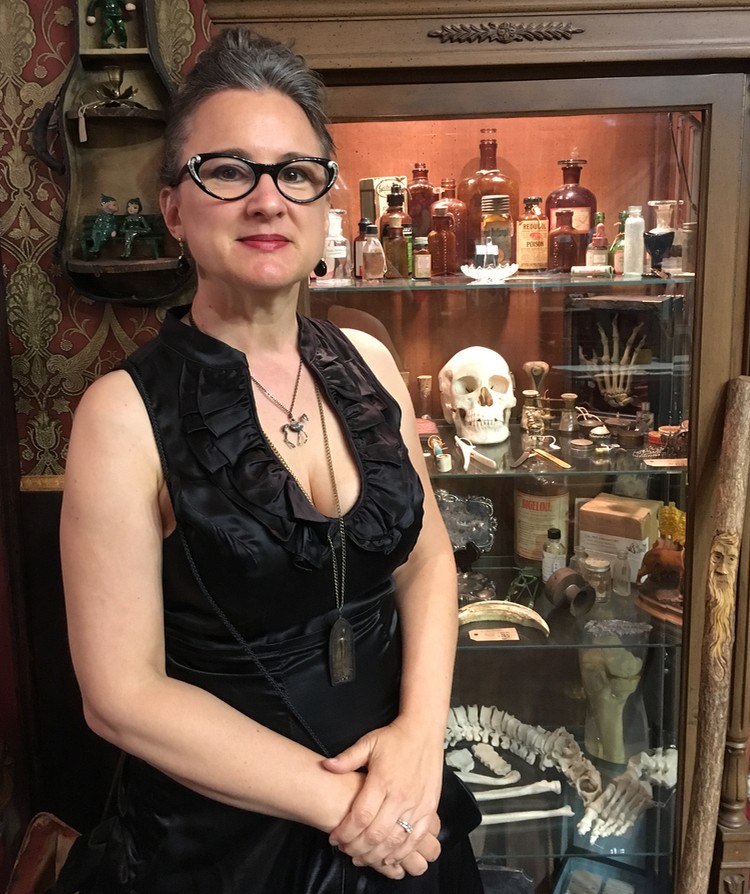We caught up with the brilliant and insightful Frau Sakra a few weeks ago and have shared our conversation below.
Frau, thanks for taking the time to share your stories with us today Alright – so having the idea is one thing, but going from idea to execution is where countless people drop the ball. Can you talk to us about your journey from idea to execution?
I’m a fine artist now, focusing on oil paintings and ink drawings, but it took me years of evolving to get to here! I was an editor in my first life. Among the published works I edited were art books, textbooks for grades K-12, medical journals, and articles and other info for Web sites. I did that for about 15 years, mostly in New York City. While I was living in NYC I started taking night classes in art, and after a few years started doing a little bit of illustration. This included spot illustrations for textbook companies, poster art for small theaters, indie comics, and even a couple of covers for Screw magazine (which I loved doing)! I knew that if I pursued art, I would want to push the envelope and do dark or edgy work at least some of the time. I moved to LA in 2000 when I married an Angeleno, set designer and artist Daniel Saks. I found some great outlets for art in LA and started showing, but I was inconsistent at first because soon I did freelance editorial work and then had a child, and after a few years also started a T-shirt business. I created one line of T-shirts with gothic horror themes and another featuring historical figures, and I sold them at local boutiques, galleries, and trade shows. Eventually one gallery that carried my shirts offered me a spot in a four-person art show. This rekindled my interest in galleries, and after doing T-shirts for years I found I was really more interested in the art than the apparel. So I gave up the tee business and switched my focus to gallery art. I’ve had a duo show with my husband, a solo show, and shows in which I was one of a few featured artists. I’ve also participated in many small and large group shows in the LA area and beyond. My interest in dark themes and historical themes has continued, and my editorial background has made it second-nature for me to research whatever subject matter I decide to depict.
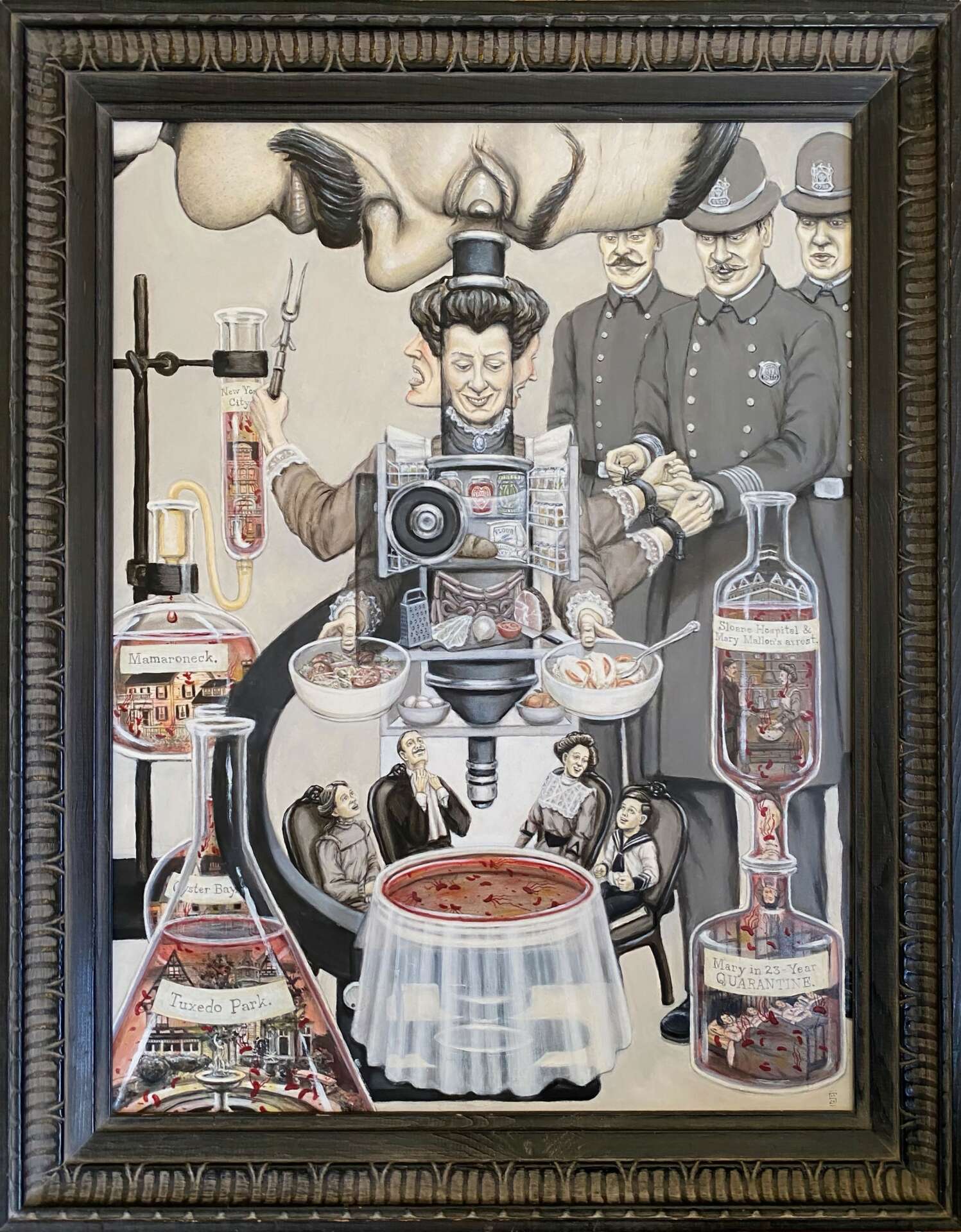
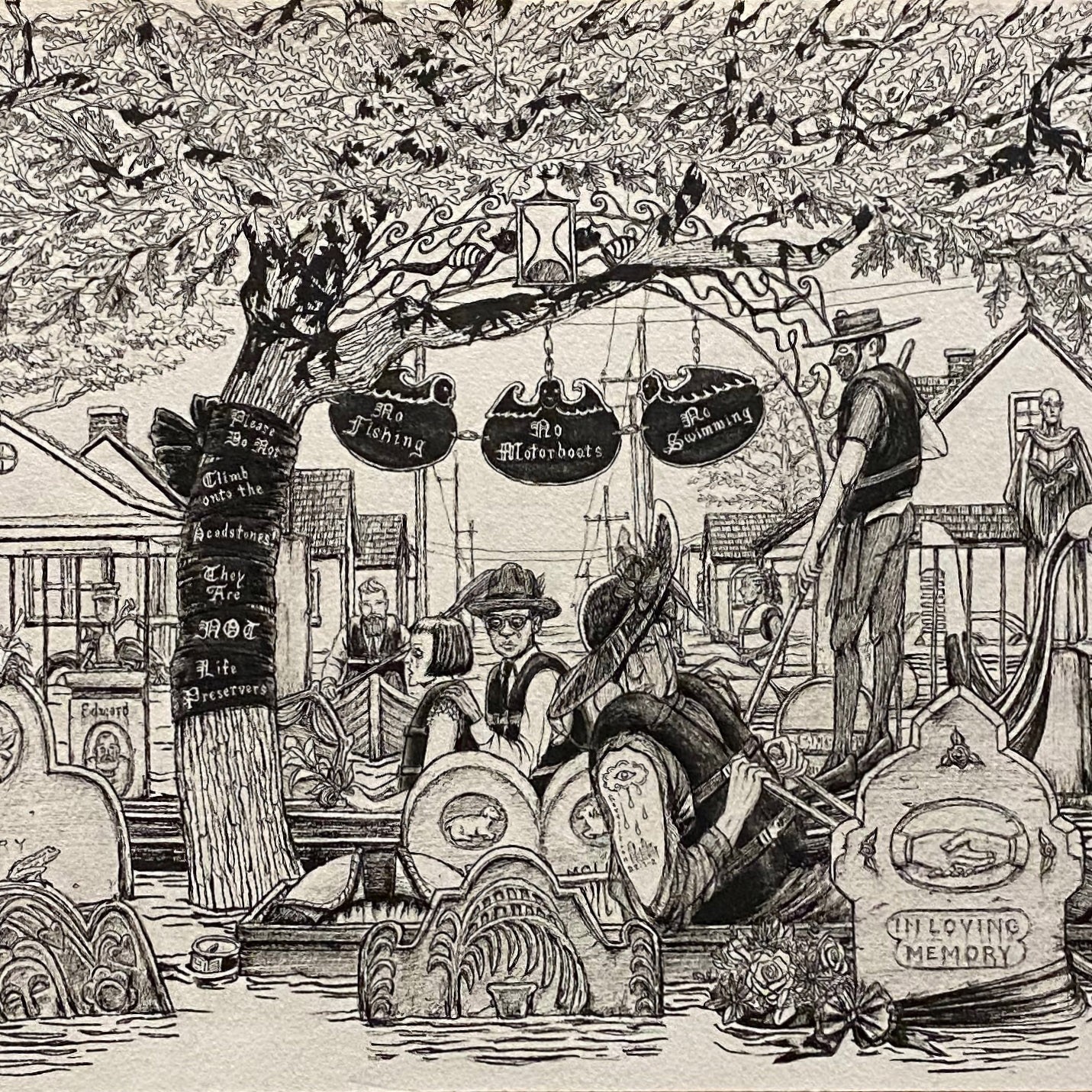
As always, we appreciate you sharing your insights and we’ve got a few more questions for you, but before we get to all of that can you take a minute to introduce yourself and give our readers some of your back background and context?
My real name is Thea Saks. My artist name, Frau Sakra, comes from the German word “Frau,” which means “Mrs.”, and the Czech word “Sakra!,” which means “Dammit!”. I like it because it sounds like my married name, Saks, and reminds me of Frau Blucher, a wonderful comic character from the 1974 movie “Young Frankenstein” (a favorite of mine that I’ve seen a million times since I was a kid). I focus on oil paintings and also on ink drawings to which I sometimes add watercolor. I call my business Frau Sakra’s Pit of Ink because I work in ink and also because I love the line “She is fallen into a pit of ink” from Shakespeare’s play “Much Ado About Nothing.” A father says it about his daughter, whose reputation appears to be ruined. I want to be a woman artist who defies shame by creating in-your-face artwork. Not all my art is that way–some of my art is surreal and whimsical but not dark or edgy. But most of my art has an edge to it.
I love creating art that tells a story, either fictional or nonfictional. A lot of my work features historical figures–for example, Typhoid Mary, Burke and Hare, Edgar Allan Poe, Rasputin and the Romanov family, the iconic LA mountain lion P-22. I focused strongly on history for a few years. Now I’ve expanded my work to include stories from my imagination. Sometimes my art contains text and sometimes not.
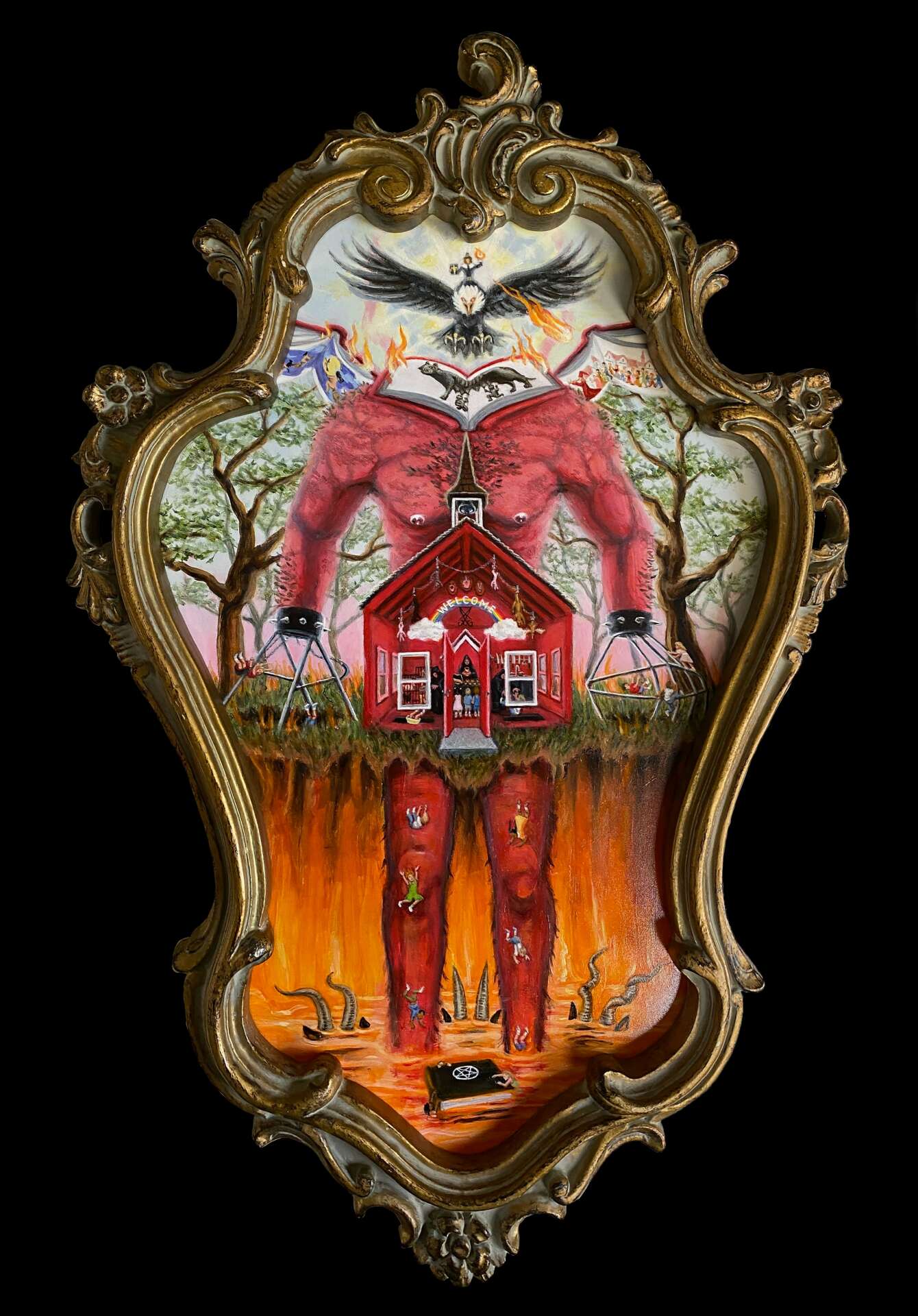

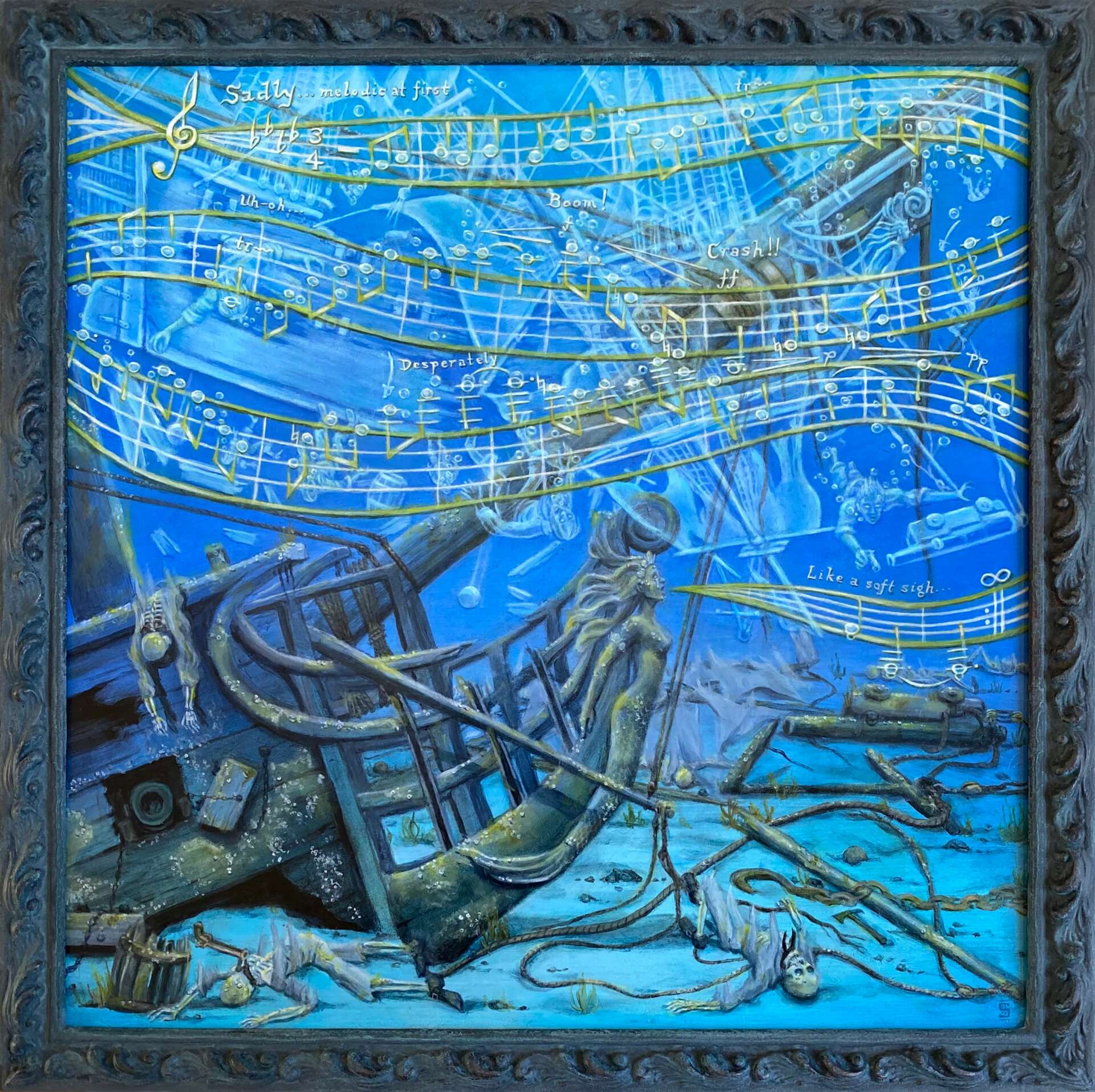
We’d love to hear your thoughts on NFTs. (Note: this is for education/entertainment purposes only, readers should not construe this as advice
I have artist friends who’ve done well with NFTs, but right now they don’t really align with my interests, and in my opinion their environmental impact (even with improvements that have been made) and their reliance on Cryptocurrency are examples of what can happen when people are so eager to jump on the “next big thing” that they don’t care enough about damage control. In saying this I’m referring less to artists than to those who run the platforms and oversee the growth. You can argue that everything we do has an impact on people and their environs or that every new venture has risks, but to me these vague arguments deflect from the notable problems of NFTs and AI. The markets for both of these have grown too rapidly without adequate concern for consequences. At this point I’d like to talk a little more about “the next big thing.” Some people imply that traditional art is on the verge of death and if we don’t jump on the NFT/AI/whatever-is-growing train, we’re doomed! We can try new things and even be part of improving them, but we should be careful of how much FOMO drives us. I think it’s best for artists to follow their individual hearts and pursue their true loves to the greatest extent possible. We all take on projects that maybe aren’t our favorites for income or exposure, but if the thought of going down a certain path makes us feel dead inside, or we don’t like the ethics, we should probably avoid it.
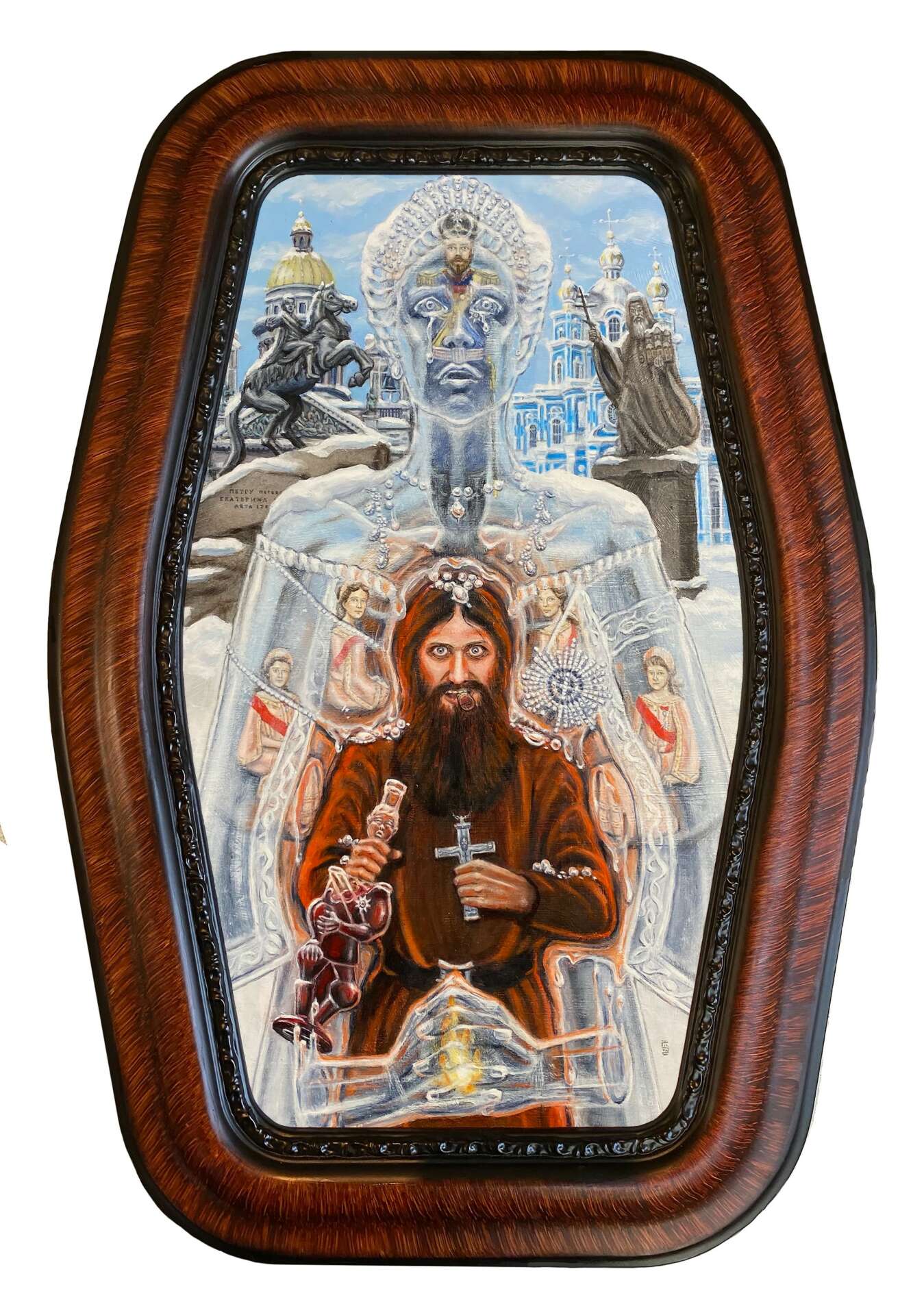
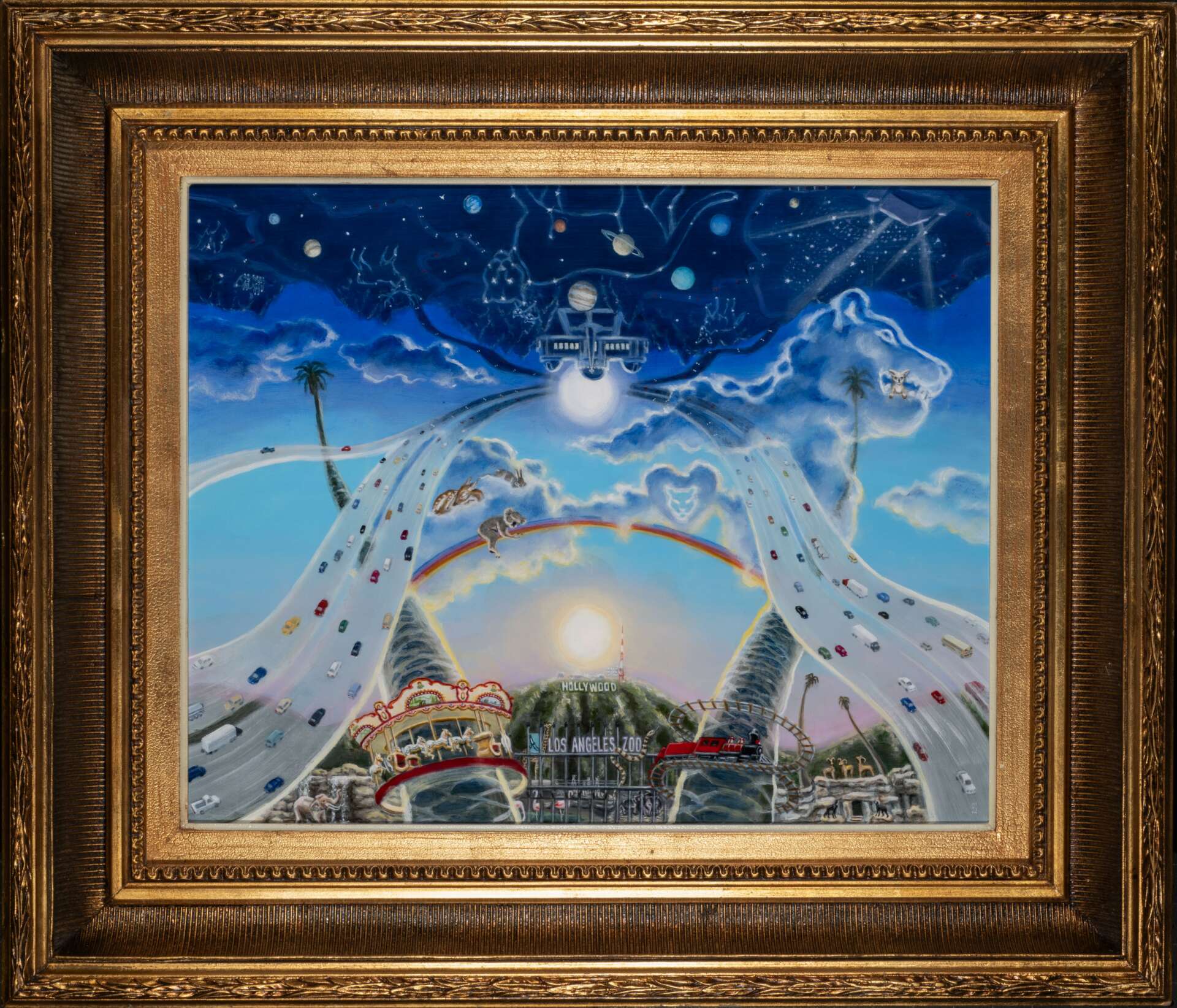
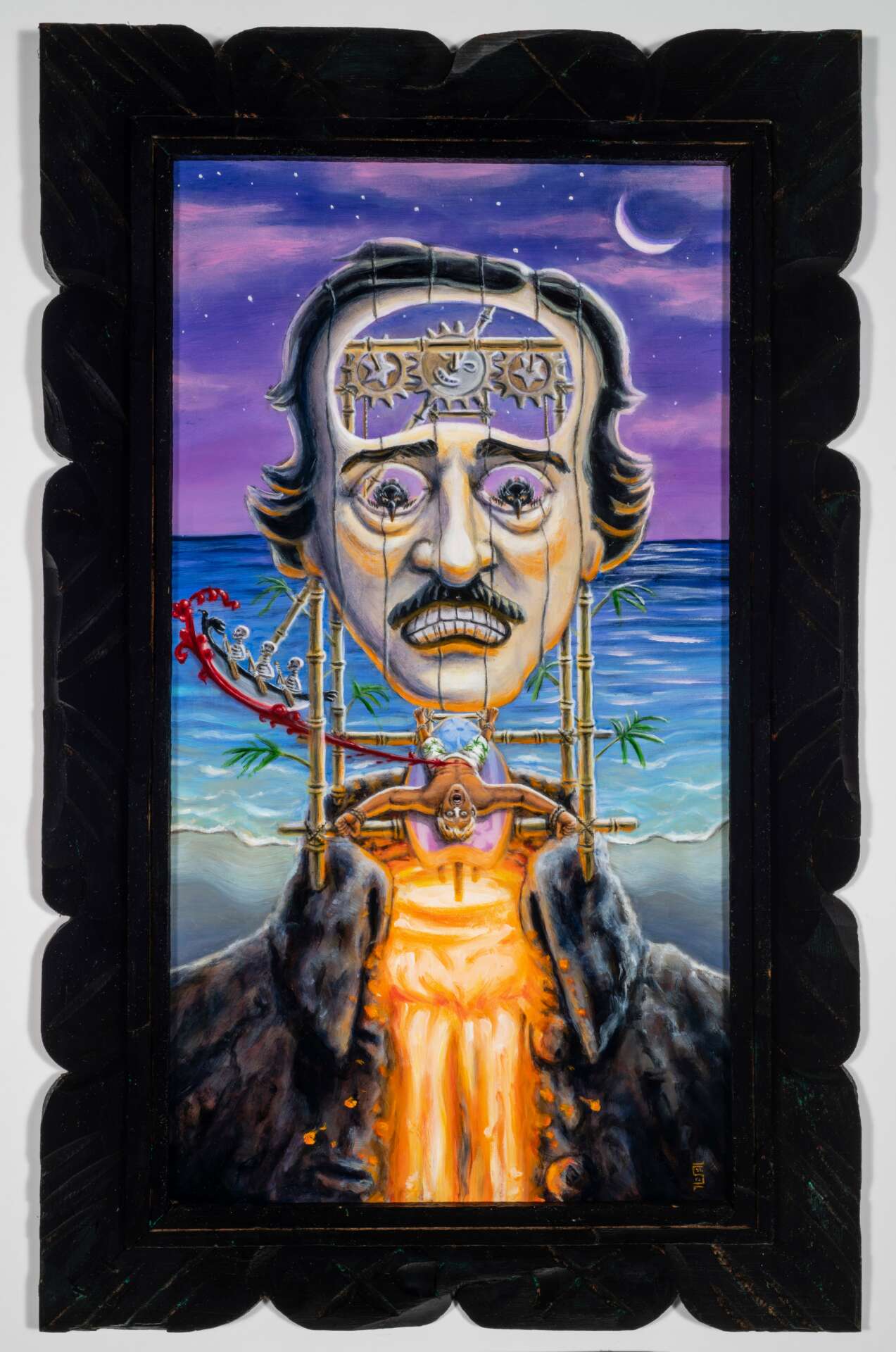
Are there any resources you wish you knew about earlier in your creative journey?
This question is particularly interesting to me because as an artist I ended up benefitting greatly from the years I wasn’t yet an artist. As an editor, I learned how to do what I call “short-order research”–reading about a subject and doing picture research for a book chapter or an article. It wasn’t enough info gathering to write a dissertation or anything, but it was what I needed for a short-term project. Now I use the same skills to sharpen the details of an art idea I have and help me ensure that the objects, people, and background in the work look accurate and tell the story I want to tell. When I was younger I enjoyed editorial work but felt a little lost, like I wasn’t sure I was doing what I was meant to do. Now that I’ve found art, I wish I could tell my doubtful younger self how much the work I was then doing would help me later on. As a matter of fact, everything else I do in life also seems to feed my head for art. We should be make the most of what we learn from earlier experiences of all kinds. I’d also like to mention that people who are getting serious about making art should look for artists’ groups to join. There are plenty on Facebook, and sometimes by attending gallery openings or other events you can hear about them. I belonged to the Graphic Artists Guild when I lived in New York. The Graphic Artists Guild Handbook of Pricing and Ethical Guidelines (I think the 16th edition is the newest, and it’s available on Amazon and elsewhere) is invaluable for new artists trying to figure out where they might fit in professionally and what to charge for their work. Now that I’m in LA, I’m a member of several other artists’ groups. It’s a great way to make new friends and contacts, find out about upcoming opportunities, and learn about new techniques. Don’t be intimidated if some members of a group are much more experienced or better known than you are–you can learn a LOT from them!
Contact Info:
- Website: FrauSakra.com
- Instagram: @frausakra
- Facebook: Frau Sakra
- Youtube: @thebleedingencyclopedia
- Other: TikTok: @frausakra Linktr.ee/FrauSakra


